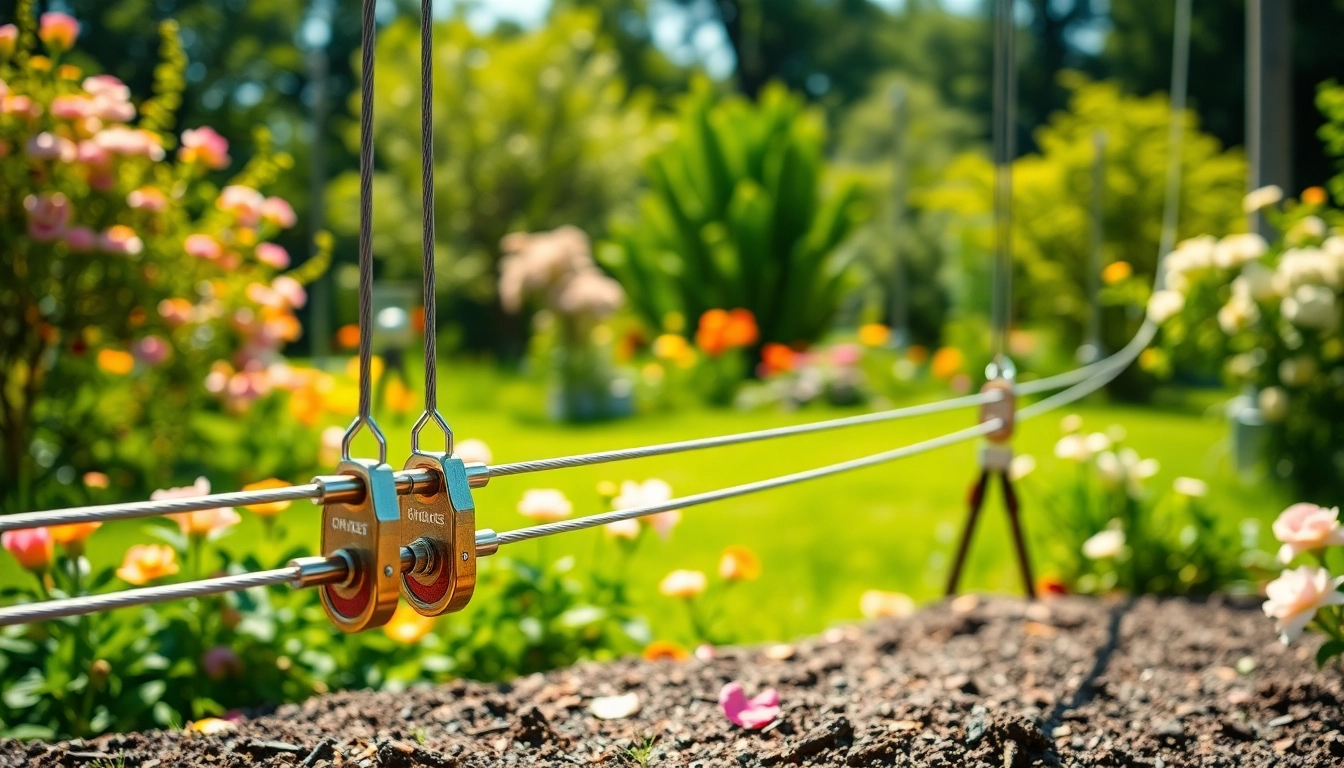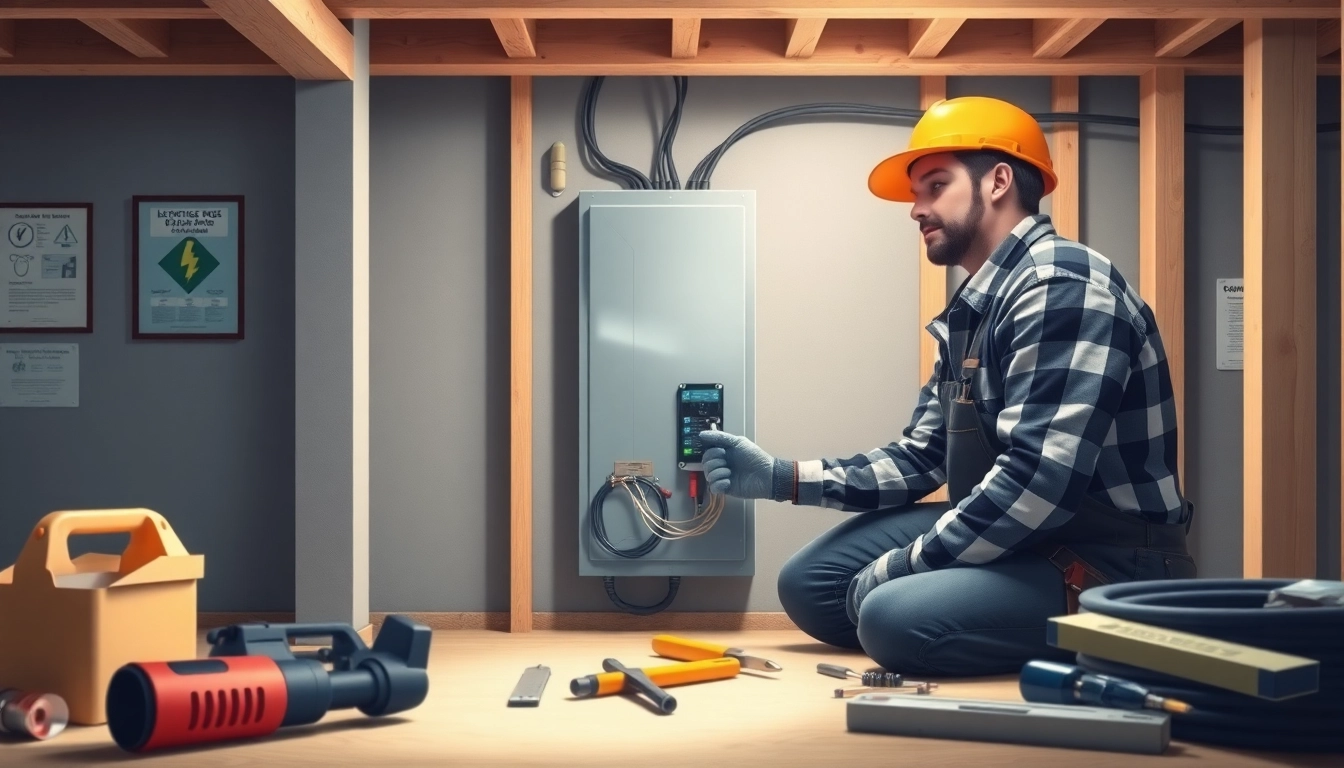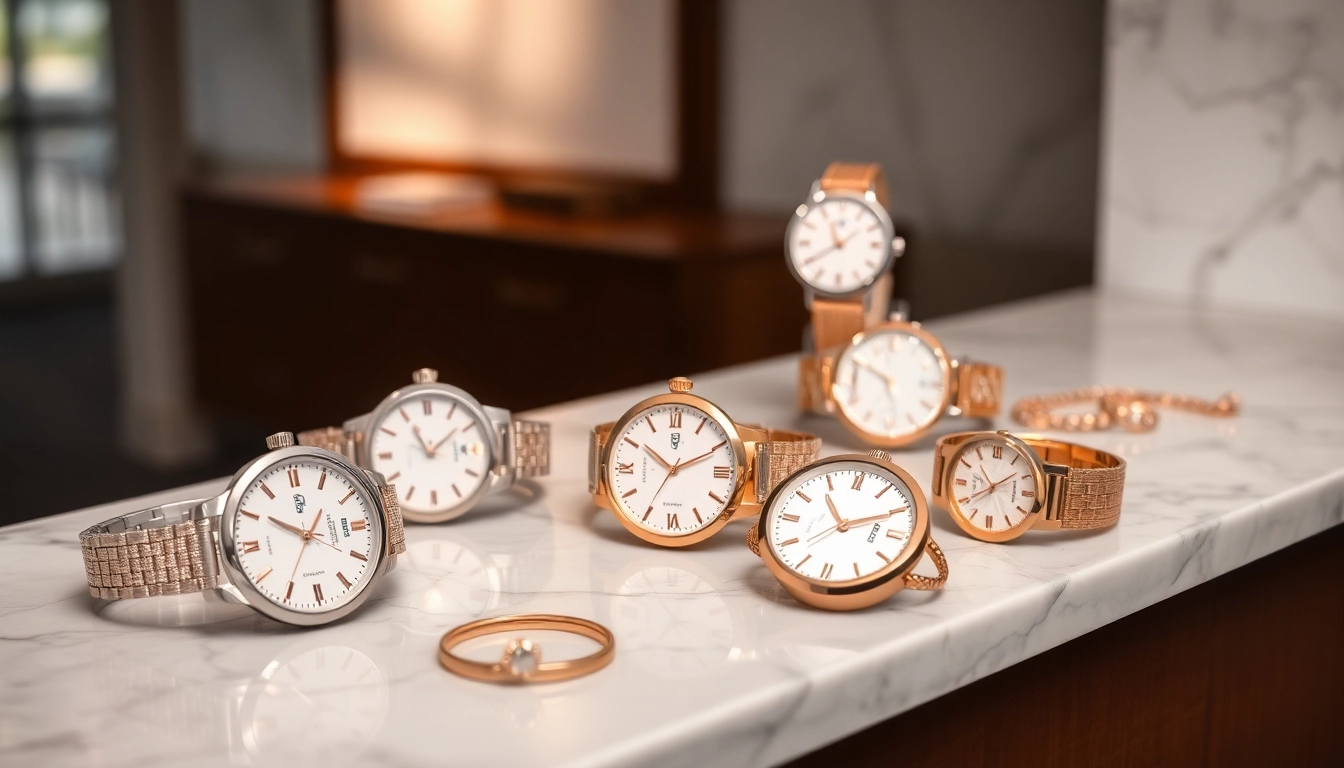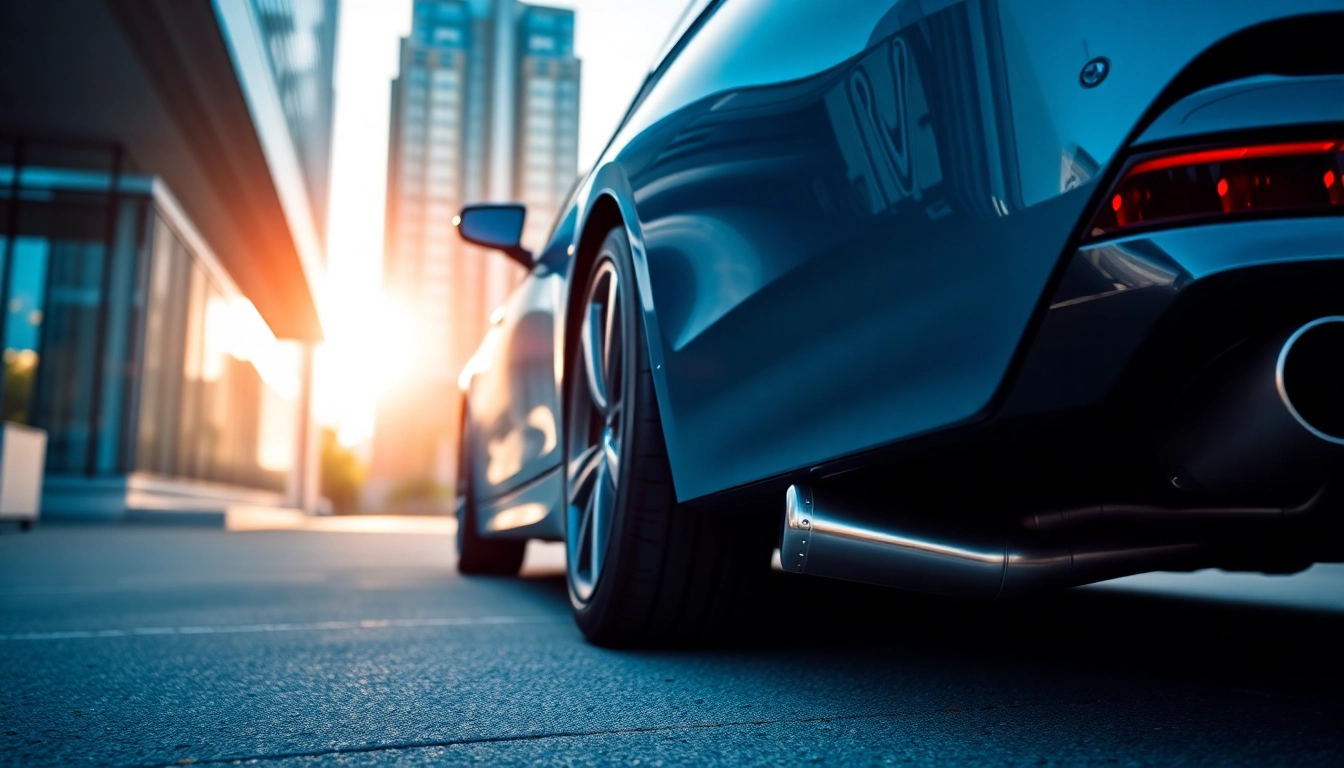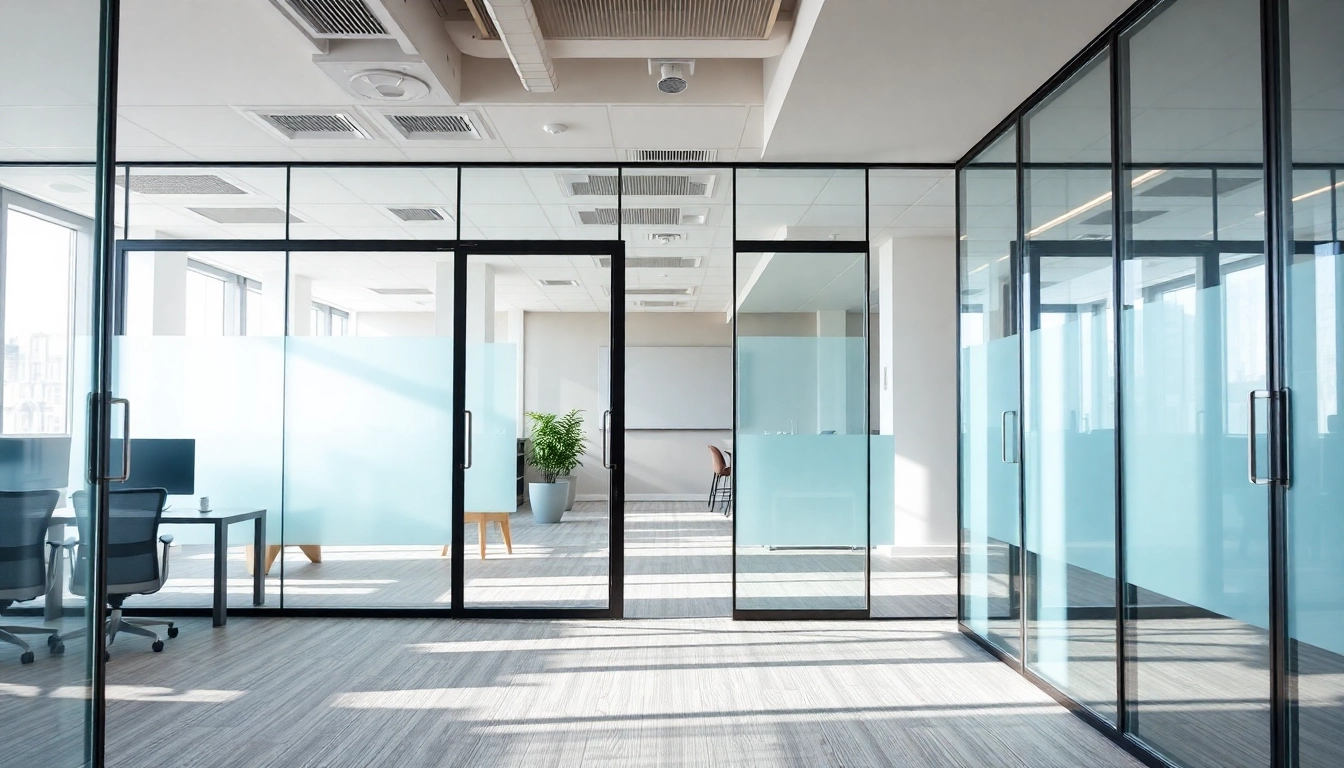
Introduction to Movable Glass Partitions
In today’s architectural landscape, movable glass partitions have gained significant traction as versatile and stylish solutions for spatial organization. These innovative systems allow for seamless transitions between open and closed spaces, catering to the evolving needs of modern environments. Whether in corporate offices, educational institutions, or hospitality venues, movable glass partitions are redefining how interior spaces are perceived and utilized.
What are Movable Glass Partitions?
Movable glass partitions are flexible wall systems made primarily of glass that enable the reconfiguration of interior spaces without permanent alterations. They consist of various panel types, including sliding, folding, and stacking systems that can be easily operated to create open or compartmentalized areas. These partitions are typically framed or frameless and are designed to enhance natural light flow while providing a degree of sound attenuation, depending on their construction and materials.
Key Benefits of Using Movable Glass Partitions
The adoption of movable glass partitions brings a myriad of advantages to any space:
- Flexibility: Quickly adapt spaces for different activities, optimizing real estate utilization.
- Natural Light: Enhance illumination and the sense of openness while reducing the dependence on artificial lighting.
- Aesthetics: Provide a sleek, modern look that can complement any design scheme.
- Acoustic Control: Certain models offer sound-dampening features, which are essential in busy environments.
- Efficiency: Save time and resources in reconfiguring spaces compared to traditional construction.
Common Applications in Various Settings
Movable glass partitions are suitable for a wide range of settings:
- Corporate Offices: Ideal for creating meeting rooms, collaboration areas, and breakout zones.
- Educational Institutions: Used in classrooms and auditoriums to adapt to varying group sizes and teaching styles.
- Hospitality: Enhances the functionality of ballrooms, cafes, and lounges, facilitating events of different sizes.
- Healthcare: Useful in clinics and hospitals to allow patient privacy while maximizing space.
- Residential: Sometimes incorporated in homes to create adaptable living spaces.
Types of Movable Glass Partition Systems
Folding Glass Partitions
Folding glass partitions, also known as bi-fold systems, consist of multiple panels that fold together when opened. This type allows for a wider opening compared to standard sliding systems, making them ideal for environments that require a large, unobstructed passage, such as event spaces or large conference rooms. The flexibility of folding partitions also enables the creation of cozy nooks while maintaining an open feel.
Sliding Glass Wall Systems
Sliding glass walls operate on tracks and can be opened horizontally to the side, effectively merging interior spaces. They are perfect for locations where vertical space is limited or where a seamless transition is desired, such as between indoor and outdoor areas in a restaurant or home. Sliding partitions can be designed with single or multiple panels to suit various needs.
Frameless vs. Framed Options
The choice between frameless and framed movable glass partitions depends on aesthetic and functional requirements. Frameless systems create a sleek, modern look and allow for maximum visibility, making them suitable for creative and high-end environments. In contrast, framed partitions may offer enhanced structural integrity and acoustic properties, useful in areas with higher sound control demands. Understanding these differences helps guide appropriate selections based on specific project needs.
Design Considerations for Movable Glass Partitions
Choosing the Right Style for Your Space
Selecting the appropriate style involves assessing the decor, the functional needs of the space, and how the partitions will interact with other design elements. Options may range from minimalist designs that emphasize light and transparency to more intricate frames that align with traditional aesthetics. It’s essential to consider both the visual impact and how the partitions will serve the intended purpose.
Color and Material Selection
While glass itself is primarily clear or frosted, the frames and hardware can be customized in various colors and finishes. Steel, aluminum, wood, and even composite materials are popular choices for frames, each offering different aesthetic and functional characteristics. The color choice may also affect the overall mood of the environment; for example, darker frames can add elegance, while lighter hues may enhance brightness and openness.
Incorporating Acoustics and Privacy Solutions
Noise control is often critical in environments where concentration and privacy are needed. Some movable glass partitions come equipped with acoustic glass or additional insulation materials that enhance sound dampening. Additionally, window films, curtains, or frosted glass panels can be integrated into the design to boost privacy while preserving the aesthetic appeal of an open space.
Installation and Maintenance of Movable Glass Partitions
Steps for Installing Movable Glass Partitions
The installation process involves several key steps:
- Planning: Assess the space, determine the configuration, and select the partition style.
- Preparation: Ensure surfaces are ready for mounting, including checking for levelness and stability.
- Installation: Follow manufacturer guidelines to securely hang the panels, including track installation and panel alignment.
- Finishing: Ensure all components function smoothly, including adjustments as needed for optimal performance.
Routine Maintenance and Care Tips
To ensure the longevity of movable glass partitions, regular maintenance is essential:
- Cleaning: Use non-abrasive cleaners and soft cloths to maintain clarity and polish.
- Inspection: Periodically check for loose hardware and adjust tracks as necessary.
- Lubrication: Apply suitable lubricants to moving parts to ensure seamless operation.
Addressing Common Installation Challenges
Several challenges may arise during installation:
- Support Structures: Ensuring adequate support for heavy glass panels is critical. Consult structural engineers when dealing with significant loads.
- Track Alignment: Misaligned tracks can cause operational issues. Double-checking alignment during installation is crucial.
- Compatibility: Ensure that the space’s architecture is compatible with the selected partition type to avoid structural conflicts.
Future Trends in Movable Glass Partition Solutions
Technological Innovations in Glass Partition Design
The future of movable glass partition systems lies in technological integration. Innovations like smart glass technology, which can switch from transparent to opaque, enable users to customize visibility with the push of a button. Additionally, advancements in automation and remote controls will streamline functionality and enhance user experience significantly.
Sustainability Practices in Manufacturing
With growing awareness around sustainability, manufacturers are increasingly adopting eco-friendly practices. This includes using recyclable materials, reducing waste during production, and creating durable products that have a longer lifespan, contributing to less environmental impact over time.
Predicting Market Demands and Aesthetic Preferences
As work environments continue to evolve post-pandemic, the demand for flexible spatial solutions is likely to increase. Expectations for aesthetic versatility mean that manufacturers will need to offer customizable options, colors, and functional features that cater to both the utility and the design preferences of consumers.

